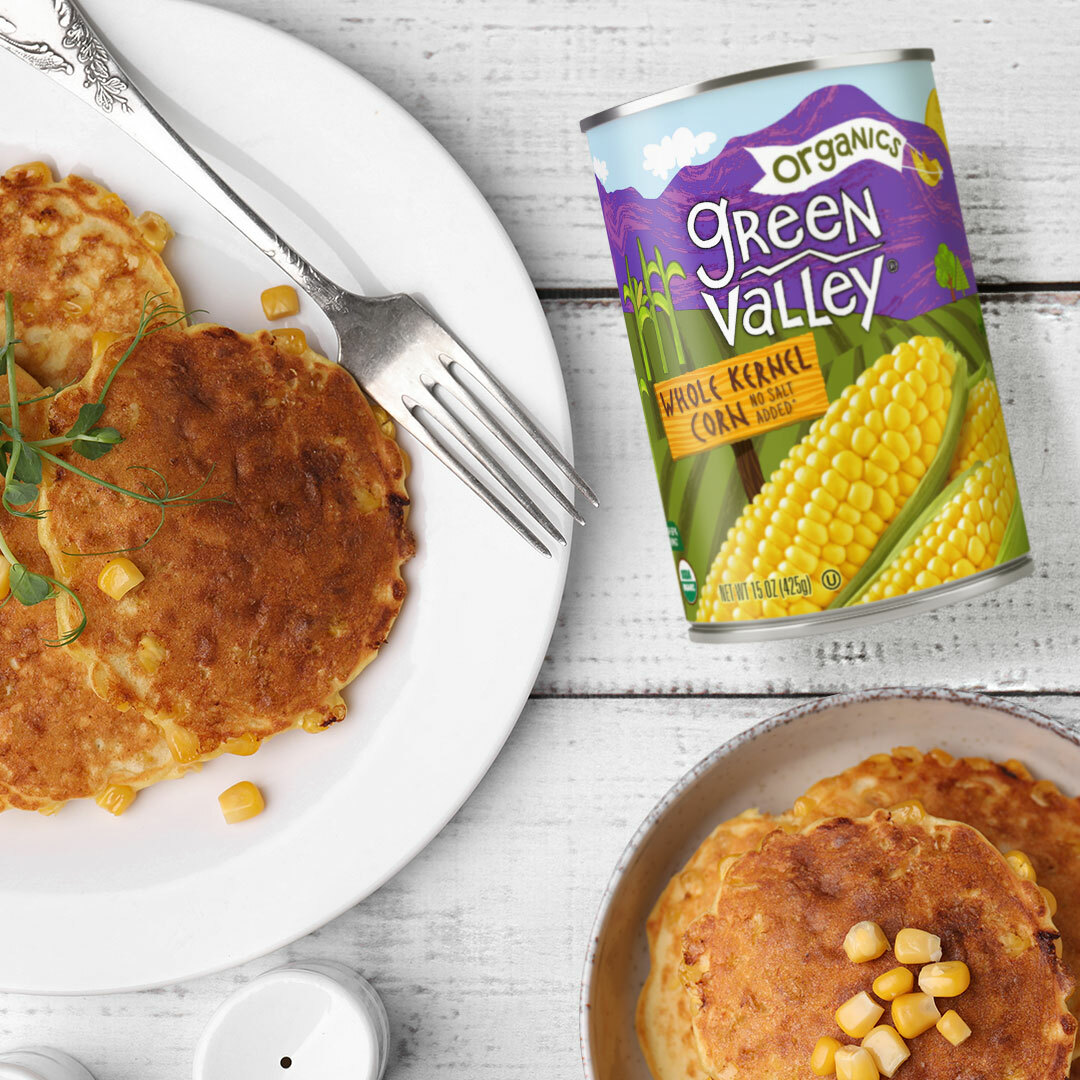The hard part is over. Your holiday meals have been expertly cooked, artfully plated and deliciously enjoyed. The pots and pans have been scrubbed and put away. And unless you sent everyone home with a goodie bag, chances are you’ve got a fridge chock full of scrumptious leftovers. When you’re ready to dive into them, resist the urge to nuke everything in the microwave. With a little time and patience, it’s supremely easy to enjoy eats that taste as marvelous as the day they were made. Here are the top methods for reheating staple holiday dishes.
Chicken/Turkey
Take the leftovers and nestle them tightly in plastic wrap, taking care to eliminate air pockets. Store the wrapped chunks in an airtight container in the fridge. When you’re ready to reheat, let the meat come to room temperature then spread it out in a single layer on a roasting pan. Now, drizzle chicken or turkey broth evenly over the meat and cover the pan with aluminum foil.
You’ve got two options when it comes to the application of heat. You can flash heat, commonplace in restaurants. Place the covered tray into a 450-degree oven for about 7-10 minutes, longer if you’re dealing with a bigger batch. This’ll warm the meat quickly without cooking it further, while the broth helps ensure everything remains moist. Or you can reheat at 350 degrees for 25-30 minutes. This is great if you’ve got other things that need to heat at the same temp.
Ham
If you’re left with a solid chunk, place it cut-side down in a roasting pan, add liquid (water works in a pinch, though a sugar glaze or even cola will impart a nice flavor) to keep it from drying out, cover and bake at 325 degrees until the ham hits an internal temp of 135 degrees, which should take about 10 minutes per pound.
If your pork is sliced, let the pieces overlap a bit in a baking pan, pour some sauce, glaze or even water over them, cover and give them about 15 minutes in a 350-degree oven. Check it frequently, adding liquid as needed, if it’s evaporating.
Prime Rib
If you’ve gone for the gusto and created a perfectly medium-rare roast, bravo. (Please invite us over next time.) Now, when it comes to reheating, the last thing you want to do is continue to cook the prime rib past it’s ideal temperature. That means no oven, no microwave and no stove top. The perfect method? Hot water.
First, make sure your beef comes to room temperature so it’ll heat up evenly. Drop the prime rib into a waterproof bag, squeezing out as much air as you can before sealing. Place the bag in a giant bowl in your sink and use a plate or some weight to keep the bag down. Next, let the hot water flow, filling the bowl. Once the bag is submerged, reduce the water flow to a slight trickle, but don’t turn down the temp. Let it be for 20-30 minutes and you’ll end up with a warmed, still medium rare prime rib.
Gravy
This is pretty straightforward, but you’ll want to go low and slow, simmering it in a saucepan on the stove over low flame. It’s best to ultimately get it back to a boil to melt any gelatinous globs that form during refrigeration. Stir it frequently; you don’t want it to scorch. If you’re finding it’s too thick, you can add a small amount of chicken or vegetable stock to help thin it.
Potatoes
This is one of the rare things you can heat in the microwave. Before popping it in, make a hole in the middle of the mound. It’ll help ensure even heating. If they’re a little thick, you can stir in some heavy cream or full-fat milk until you nail the desired consistency. Want to skip the microwave? No problem. A double broiler will prohibit one section of the taters from overheating, provided you’re frequently stirring. Or you can use the oven by creating a uniform layer of potatoes on the bottom of a glass serving dish. Cook at 350-degrees for about 30 minutes. If you’re looking for a cheesy crunch, sprinkle grated cheese on top before they go in.
Pies
Want to get that apple or pecan pie gooey again? Start by giving it two or three hours out of the fridge to come to room temperature. If you’re looking to heat up a single serving, the microwave will suffice. You’ll need about 45 seconds per slice. Be forewarned, though: the microwave won’t help the texture of the pastry or crust. If you want to heat up a full (or mostly full) pie, set your oven to 200-degrees and put the tin in the oven, uncovered, for about 30 minutes. To test if it’s done, insert the tip of a knife into the center of the pie and let it linger for about 15 seconds. Then – carefully, please! – touch the tip of the knife to your lips to see if it’s to your preferred temperature.
And there you have it, six tried and true tips for reheating holiday favorites that will taste every bit as delicious as the first day they were served. Got any reheating tips of your own? Let us know in the comments on our Facebook page. Happy noshing!
 Savor the final days of winter with 5 cozy recipes
Savor the final days of winter with 5 cozy recipes
 Savor the final days of winter with 5 cozy recipes
Savor the final days of winter with 5 cozy recipes
 Dive heart-first into these one-pot recipes
Dive heart-first into these one-pot recipes
 Welcome Veganuary with open arms…and a busy kitchen!
Welcome Veganuary with open arms…and a busy kitchen!